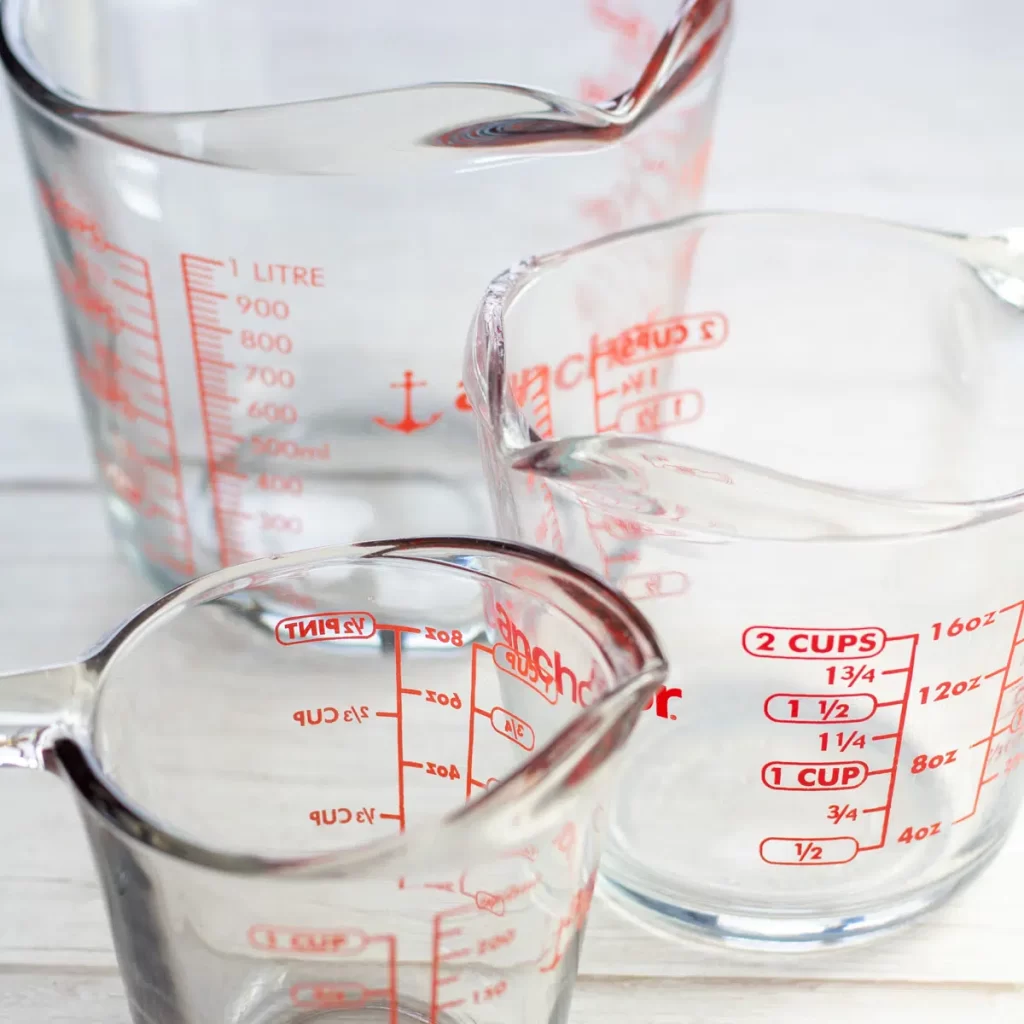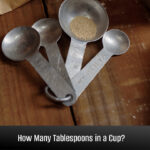Unveiling the Mysteries of Liquid Measurement: Demystifying Gallons and Cups
The world of liquids is full of measurement variations. From quenching your thirst with a refreshing glass of water to filling your car’s gas tank, understanding unit conversions is essential for navigating these situations. This comprehensive guide dives into the fascinating world of liquid volume measurement, focusing on the conversion between gallons and cups, two commonly used units.
Understanding the Units: Gallons and Cups
Our journey begins by establishing a clear understanding of the fundamental units we’re dealing with: gallons and cups.
- Gallon (gal): There are two main types of gallons to consider, and the distinction is crucial:
- US Liquid Gallon (gal): The standard unit of liquid volume used in the United States. It is equal to approximately 3.785 liters.
- Imperial Gallon (imp gal): Used in the United Kingdom, Canada, and some other countries. The imperial gallon is slightly larger than the US liquid gallon, equal to approximately 4.546 liters.
Important Note: Throughout this article, we’ll focus on the US liquid gallon (3.785 liters) unless otherwise specified. Be aware of the imperial gallon distinction, especially when following international recipes or measurements.
- Cup (c): A unit of volume commonly used for measuring liquids and dry ingredients in the United States. There are two main types of cups to consider:
- US Customary Cup (cup): The standard cup used in recipes and household measurements in the United States. It holds 8 fluid ounces (fl oz) of liquid.
- Metric Cup (mL): Used in some countries and for specific recipes. A metric cup is equal to 250 milliliters (mL), which is slightly larger than a US customary cup.
Important Note: Throughout this article, we’ll focus on the US customary cup (8 fl oz) for consistency when converting between gallons and cups.
The Conversion Formula: A Simple Key to Unlocking the Mystery
Now that we’ve identified the players, let’s unveil the formula for converting between gallons and cups. The beauty lies in its simplicity:
Number of Cups (c) = Number of US Liquid Gallons (gal) * 16 cups/gal
This formula essentially multiplies the number of US liquid gallons by 16, which reflects the number of cups in a US liquid gallon (1 gallon = 3.785 L * (1 L / 1000 mL) * (8 fl oz / 236.59 mL) ≈ 16 cups).
Conversion Formula (alternative):
Number of US Liquid Gallons (gal) = Number of Cups (c) / 16 cups/gal
This formula divides the number of cups by 16 to find the equivalent number of US liquid gallons.
Conversion Examples: Putting the Formula into Action
Let’s solidify our understanding with some practical examples:
-
Converting Gallons to Cups:
- You have a recipe that requires 2 gallons of milk. How many cups of milk do you need?
- Apply the formula: Number of Cups (c) = 2 gallons * 16 cups/gallon = 32 cups
- Therefore, you need 32 cups of milk.
- You have a recipe that requires 2 gallons of milk. How many cups of milk do you need?
-
Converting Cups to Gallons:
- Your refrigerator water dispenser can hold 48 cups of water. How many US liquid gallons is that?
- Apply the formula: Number of US Liquid Gallons (gal) = 48 cups / 16 cups/gallon = 3 gallons
- The water dispenser can hold approximately 3 US liquid gallons.
- Your refrigerator water dispenser can hold 48 cups of water. How many US liquid gallons is that?
Important Note: Rounding is generally acceptable in real-world scenarios. Depending on the application, you might round the answer to the nearest tenth or whole unit.
Beyond the Basics: Additional Considerations
While the core conversion formula is straightforward, a few additional points deserve mention:
-
Density: The conversion formula assumes we’re dealing with liquids with a density close to water. For significantly denser or lighter liquids, slight variations might occur in volume when converting between gallons and cups.
-
International Considerations: As mentioned earlier, the US liquid gallon is the standard unit in the US. However, many countries primarily use the metric system and liters for liquid measurement. Be mindful of the specific gallon type (US or imperial) used in recipes or measurements from other countries.
-
Other Units of Liquid Volume: Gallons and cups are not the only units used for liquid measurement. Milliliters (mL) are commonly used for smaller volumes, while cubic meters (m³) are used for very large volumes.
Beyond Conversion: Tips for Mastering Liquid Measurement
-
Invest in a good quality measuring cup set: Having a set with clear markings in both cups and gallons, along with measuring spoons for smaller quantities, can significantly improve your measurement accuracy in the kitchen and beyond.
-
Double-check labels and units: Before using a recipe or following instructions, ensure you understand the units used for liquid measurements (gallons, cups, liters, etc.). This helps avoid confusion and potential errors.
-
Utilize online conversion tools: Numerous online conversion calculators can handle unit conversions between gallons, cups, liters, milliliters, and other volume units. These tools can be handy for quick conversions without memorizing formulas.
By understanding the relationship between gallons and cups, coupled with the valuable tips provided, you’ve unlocked a valuable skill for navigating the world of liquid volume measurements. So, the next time you’re tackling a large recipe, planning a party, or simply refilling your car’s windshield washer fluid, you’ll be ready to measure with confidence!
Frequently Asked Questions (FAQ) About Gallons and Cups
1. How many ounces are in a gallon?
There are 128 fluid ounces (fl oz) in a US liquid gallon (gal).
2. How many liters are in a gallon?
There are approximately 3.785 liters in a US liquid gallon (gal).
3. What if I don’t have a measuring cup with gallon markings?
No worries! You can improvise using readily available household items. Here’s a quick conversion guide:
- 1 gallon = approximately 4 quarts
- 1 gallon = approximately 16 cups
- 1 gallon = approximately 128 fluid ounces (fl oz)
4. Are there online conversion tools available?
Absolutely! There are numerous online conversion calculators that can handle unit conversions between gallons, cups, liters, milliliters, and other volume units. These tools can be handy for quick conversions without memorizing formulas.
5. How can I ensure accurate measurements when cooking or baking?
- Use the appropriate measuring cups for the units specified in the recipe (gallons, cups).
- For liquids, measure at eye level to avoid under- or overfilling the measuring cup.
- When following an international recipe, double-check the units used for liquid measurements and convert if necessary.
By understanding the relationship between gallons and cups, employing these conversion tips, and practicing good measuring techniques, you’ll be well on your way to mastering liquid volume measurement in various aspects of your life.



